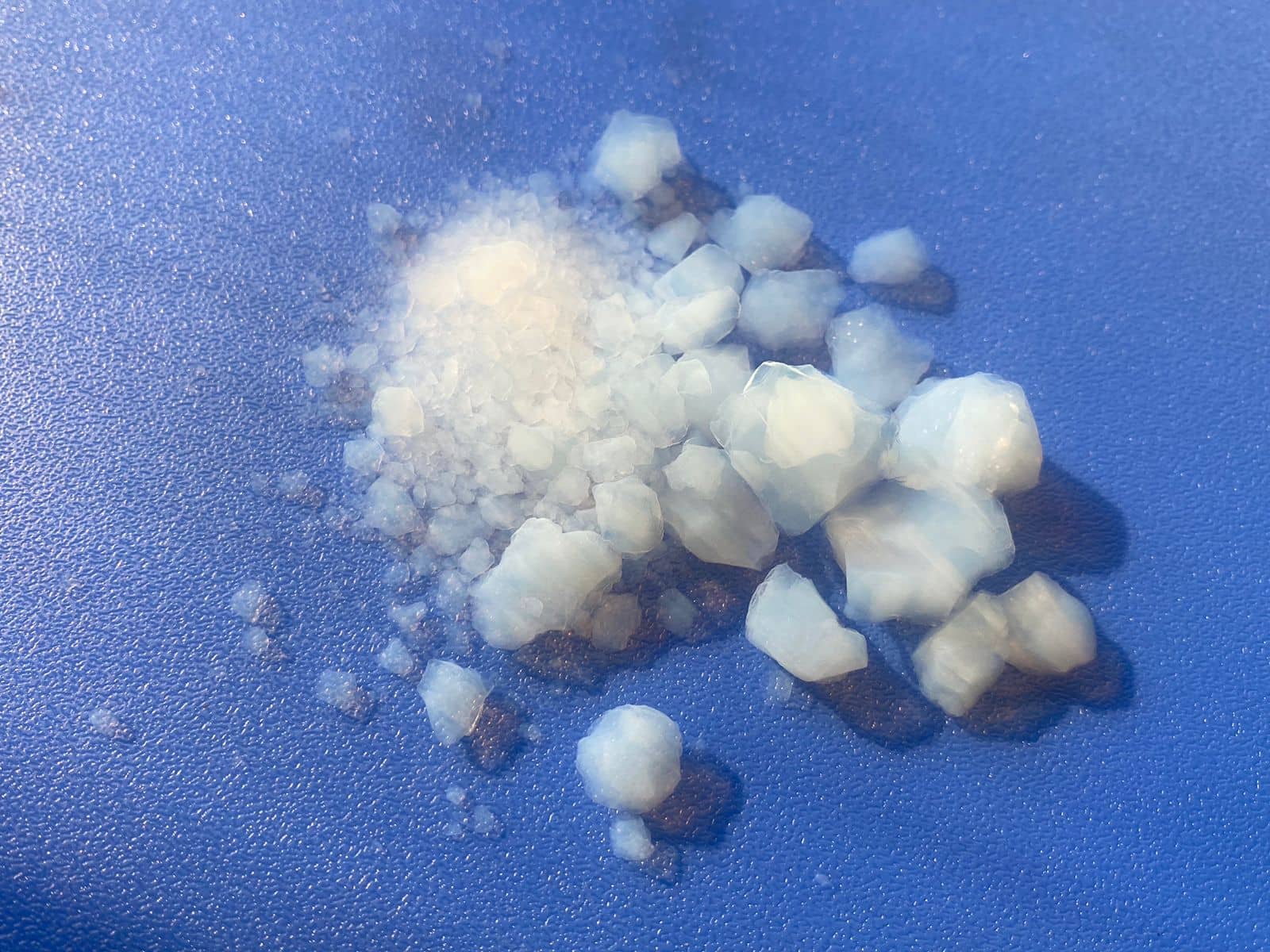Nano Aerogel is a highly porous, low-density material with remarkable thermal insulation properties. It is composed of a network of interconnected nanoparticles that forms a gel, which is then dried to create a solid with high surface area and low density. This article will discuss the recent research on nano aerogel and its various applications in different industries.
Recent research has shown that nano aerogel has a variety of applications, including:
- Thermal insulation: Nano aerogel has the lowest thermal conductivity of any solid material, making it an ideal material for thermal insulation in buildings, refrigerators, and pipelines.
- Environmental remediation: The high surface area of nano aerogel makes it an effective adsorbent for pollutants, such as heavy metals and organic contaminants.
- Energy storage: Nano aerogel has been used as an electrode material for batteries and supercapacitors due to its high surface area and excellent electrical conductivity.
- Aerospace: The lightweight and strong nature of nano aerogel make it an ideal material for aerospace applications such as insulating spacesuits, protecting spacecraft, and enhancing fuel efficiency.
One of the most cited papers on the topic is “Aerogels: Airy Materials: Chemistry, Structure, and Properties” by Armentrout, D.R. and Baumann, T.F. (Chemical Reviews, 1998). This review article provides an overview of the synthesis, characterization, and properties of aerogels, including nano aerogel.
Keywords: nano aerogel, thermal insulation, environmental remediation, energy storage, aerospace.
Tags: aerogel, nanoparticles, low-density material, thermal conductivity, environmental pollution, energy storage, aerospace applications.

